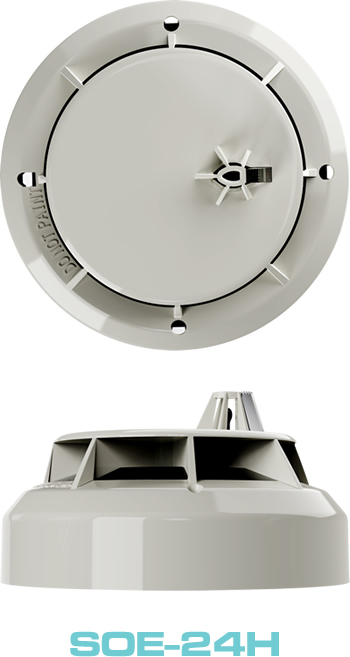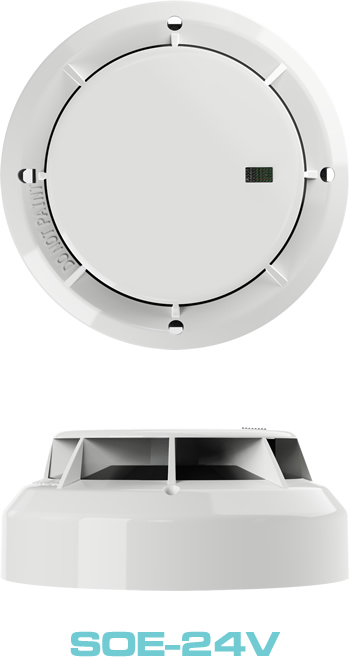The UL-268 7th Edition Standard dictates fire detector performance for detector manufacturers and was due to come into effect in 2021, forcing the design and manufacturing of smoke and multi-criteria to adhere to the stricter guidelines. This new standard only affects the manufacture of detectors, older edition detectors are still available to specify, purchase and install by fire system installers, all the while stocks exist.
But following various delays within the industry, the 7th edition of the standard is now due to come into force July 2024 and one of the most significant changes is the newly developed multi-spectrum smoke categorization required to now detect smouldering and flaming fires fuelled specifically by polyurethane furniture foam and burning meat, whilst at the same time, reducing nuisance alarms. All manufacturers therefore have been forced to develop a range of new products to meet this new standard.
Conventional fire detection systems are particularly suited to projects such as small retail units, simple structures like workshops and storage units as well as health clinics and small educational facilities for example.
Hochiki conventional products are already renowned for their reliability in reducing false alarms, and their new range of 7th edition conventional detectors continues to evidence these benefits, with the range including the company’s first conventional multi-sensor detector. This unique conventional multi-sensor optical smoke and heat detector (SOE-24H), along with a conventional optical smoke detector (SOE-24V), are already being specified in a host of projects across the Middle East.



